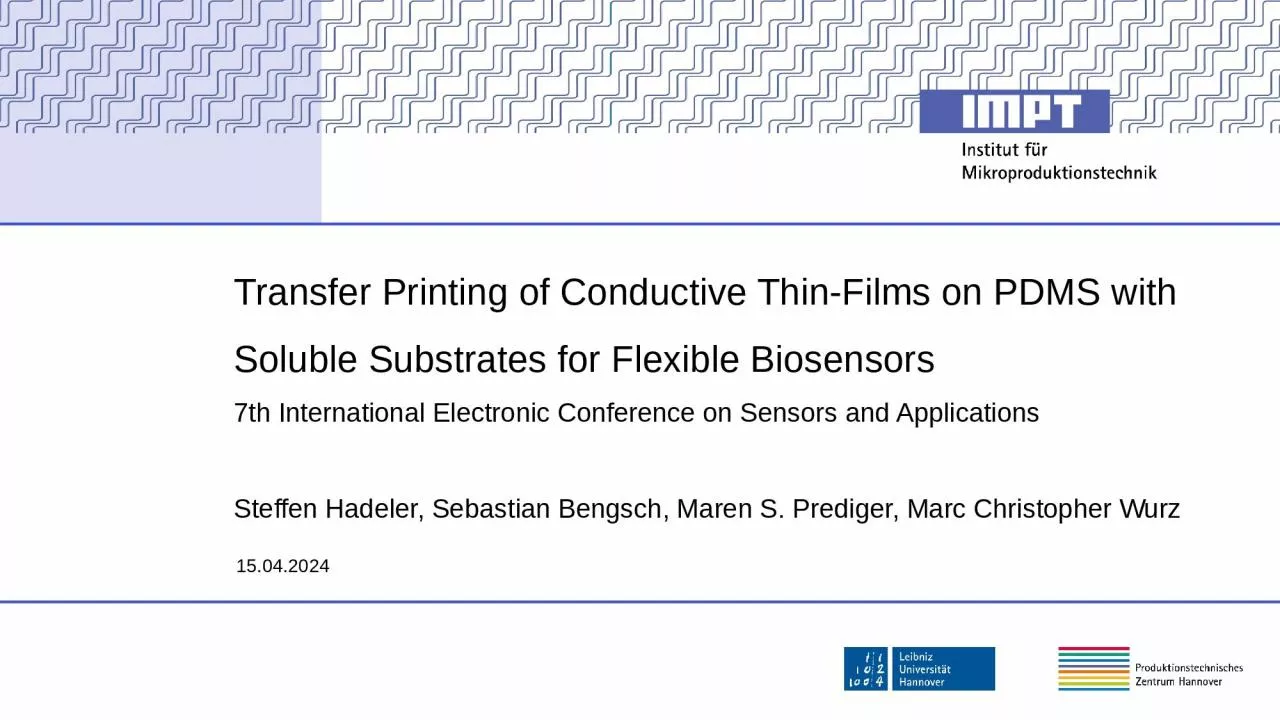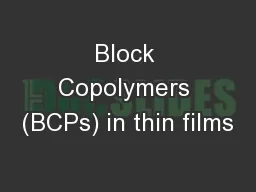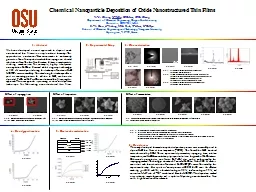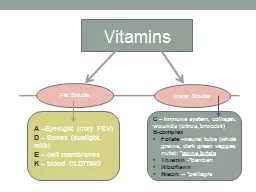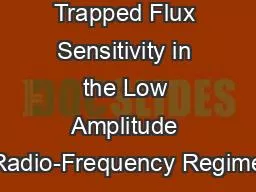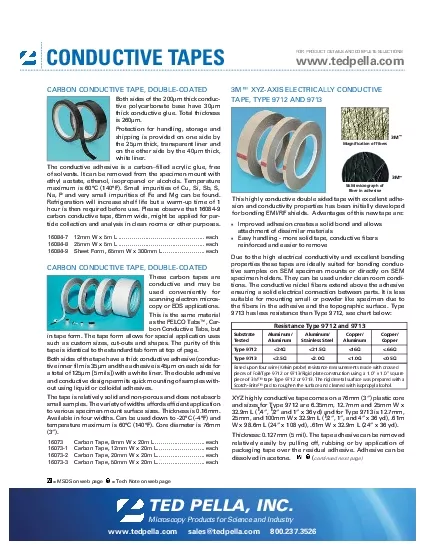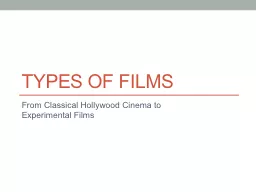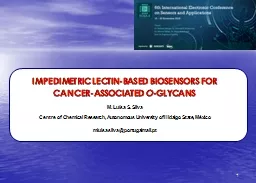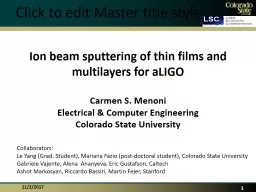PPT-Transfer Printing of Conductive Thin-Films on PDMS with Soluble Substrates for Flexible
Author : PrettyInPink | Published Date : 2022-08-02
7th International Electronic Conference on Sensors and Applications Steffen Hadeler Sebastian Bengsch Maren S Prediger Marc Christopher Wurz Institute of Micro
Presentation Embed Code
Download Presentation
Download Presentation The PPT/PDF document "Transfer Printing of Conductive Thin-Fil..." is the property of its rightful owner. Permission is granted to download and print the materials on this website for personal, non-commercial use only, and to display it on your personal computer provided you do not modify the materials and that you retain all copyright notices contained in the materials. By downloading content from our website, you accept the terms of this agreement.
Transfer Printing of Conductive Thin-Films on PDMS with Soluble Substrates for Flexible: Transcript
Download Rules Of Document
"Transfer Printing of Conductive Thin-Films on PDMS with Soluble Substrates for Flexible"The content belongs to its owner. You may download and print it for personal use, without modification, and keep all copyright notices. By downloading, you agree to these terms.
Related Documents

